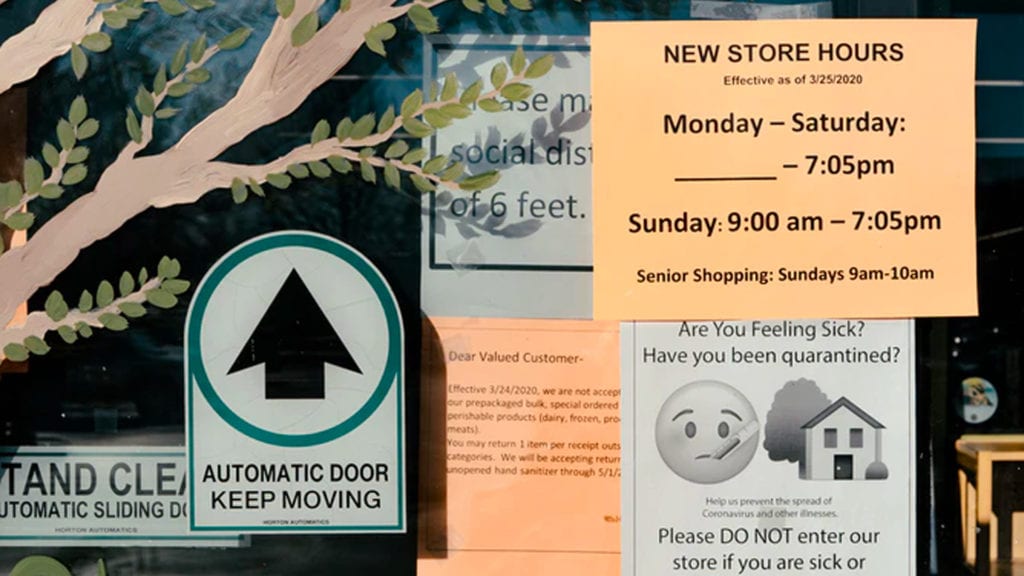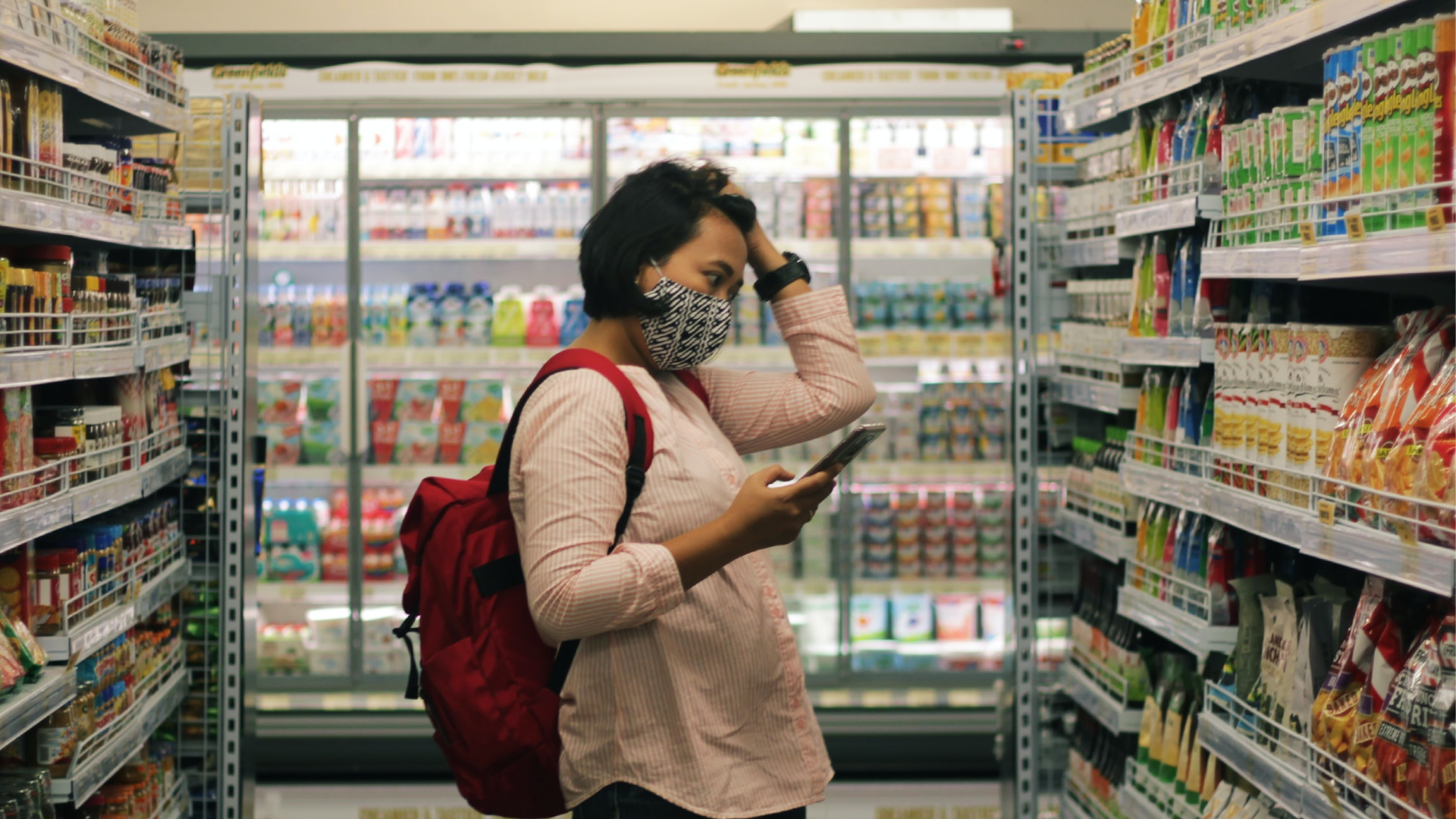I have a confession to make: When I go shopping, I drive past one grocery store to get to the one I prefer. During the global pandemic, I’ve gone from delivery to curbside pickup to venturing back in-store as I like to choose my own grapefruits, green beans and cuts of meat.
Between virus anxiety, an increased focus on well-being, navigating shortages and changing our buying behaviors, the way we shop for grocery items has been top of mind during lockdown. The pandemic has provided a new perspective on groceries, both where our food comes from and how we procure it.

As we open back up, old grocery shopping habits are giving way to new norms. “Nearly nine in 10 respondents (89%) said they shop differently because of COVID-19,” according to a recent FMI report on Grocery Shopper Trends.
I’ve identified four trends I believe can help industry players sustain brand loyalty and increase both online and in-store foot traffic through communications in this altered landscape.
Safety is the new must-have. At the top of every shopping list as consumers return to stores is a critical intangible: the assurance they won’t get sick. According to the FMI report, 70% of shoppers’ primary concern is becoming ill. Will the facilities be cleaned regularly? How will social distancing be enforced? Will employees wear masks? Messages with specifics about processes and procedures build confidence and keep shoppers coming back—think about the content produced by airlines to demonstrate their enhanced cleanliness protocols, and the verbal and visual pledges that these will be the new standards. How can grocers develop their own equivalent?
Do good locally, communicate with clarity. Grocers can no longer assume a few dollars off receipts will encourage consumers to stop ordering from others. One way to attract and retain customers is through affinity programs benefiting the local community directly. At NRF: Retail’s Big Show, I observed how retailers committing to purpose differentiate themselves. Now, with the rise of COVID-19 and the mass mobilization around social movements, it’s truer than ever. Streamlining to one or two causes and communicating clearly about how you give back will help increase impact and raise affinity.
Employees are your most important stakeholders. The role of employees has grown exponentially in 2020. Baggers, cashiers and stockers have been transformed into front-line workers in the fight to keep society functioning during the pandemic. As their importance has grown, so have their roles as ambassadors who embody the brand’s values, demonstrate safety procedures and provide essential knowledge to customers. A thoughtful, transparent and empowering employee communications plan to engage, reward and activate these individuals as key stakeholders and brand ambassadors is essential to establishing stores as safe, reliable consumer destinations.
Pivot from reaction to innovation. Most grocers have had to change the way they do business during the pandemic, such as the accelerated entry into the delivery space. Now is the time to ask which new processes, channels and habits should be preserved indefinitely. I’m particularly intrigued by the potential of curbside or in-store pickup. It allows customers the flexibility to pick up their grocery order on their own schedule and pop in for additional shopping if there’s anything they forgot to put on the list. Similar to restaurants redesigning their layout and leveraging disposable or QR code menus, grocery retailers need to communicate directly to consumers on how to shop, what tools to leverage and why the experience is better than the past—turning new habits and preferences into points of differentiation for their brands.
These trends have become a primary focus instead of a directional shift, making this a golden opportunity for grocers to seize the moment. The Ketchum Retail team is committed to helping brands return to growth in our evolving retail world—reach out if you’d like to talk.



